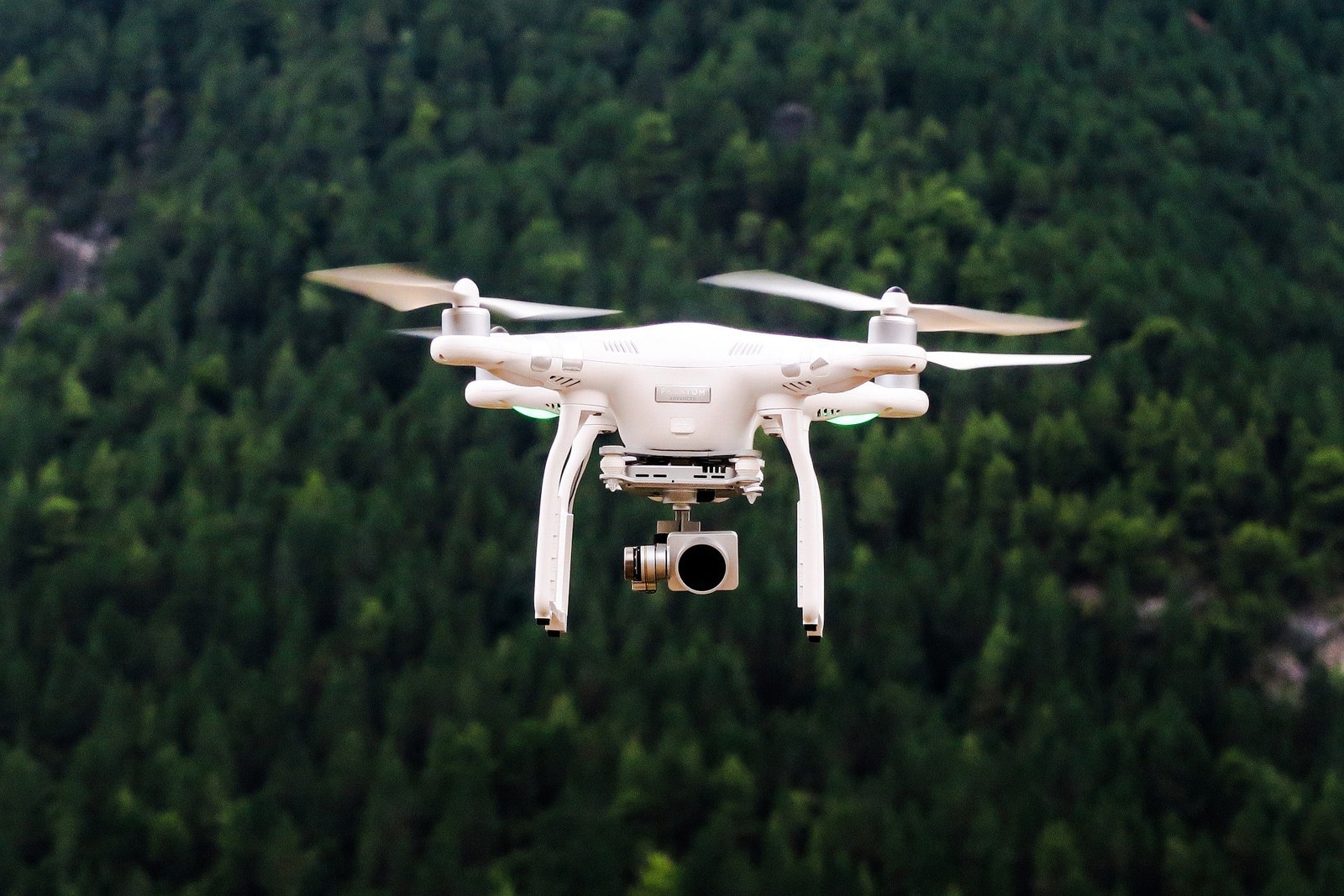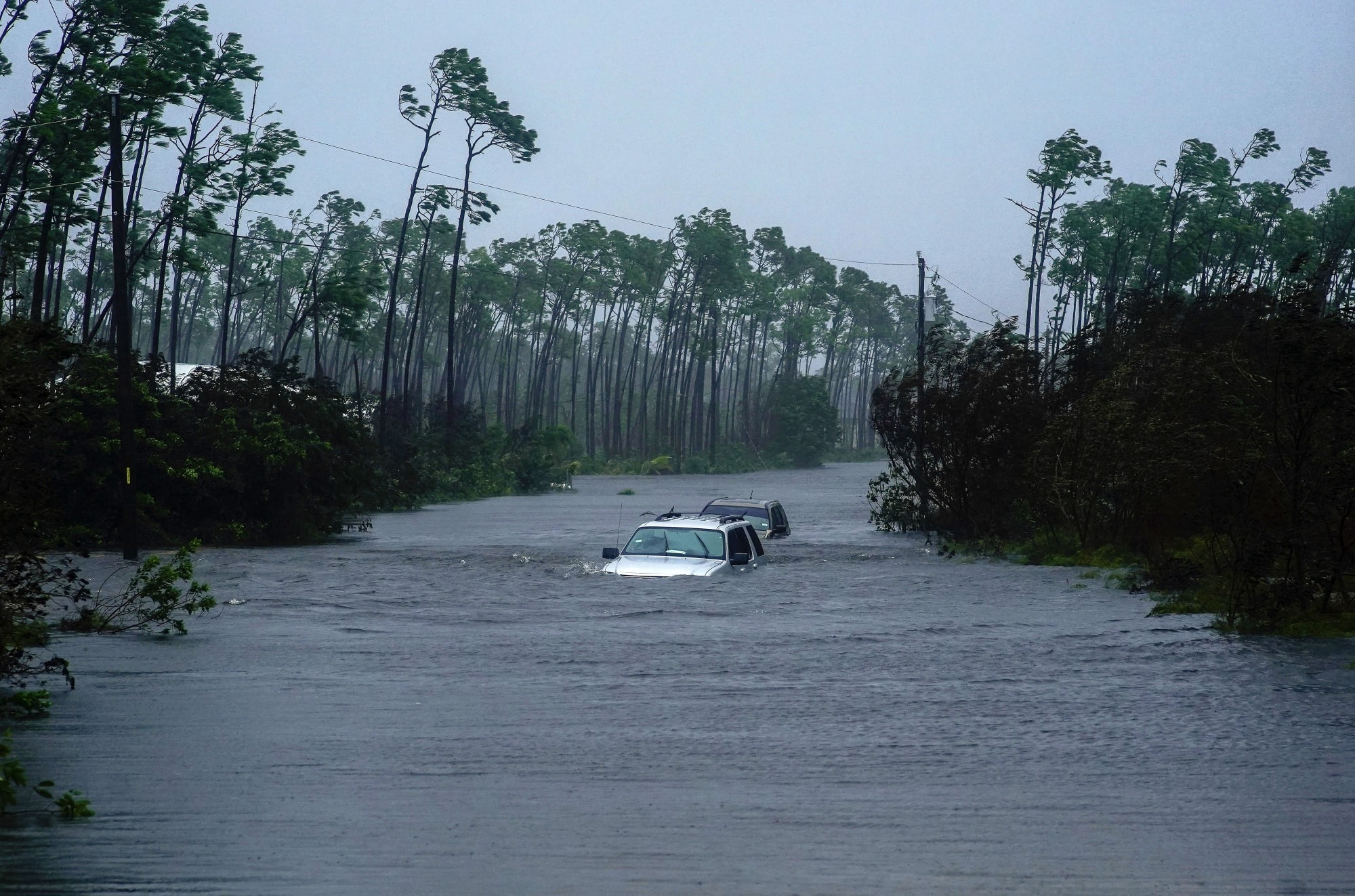Tag Archives: natural disasters
Drone network provides early warnings for natural disasters
 Drones might soon deliver a heads-up when natural disasters are about to strike. Researchers have developed a communication system that uses a drone network to provide early warnings for disasters. The challenge wasn't so much the drone-to-drone comm...
Drones might soon deliver a heads-up when natural disasters are about to strike. Researchers have developed a communication system that uses a drone network to provide early warnings for disasters. The challenge wasn't so much the drone-to-drone comm...
GM will offer free OnStar crisis support during Hurricane Dorian
 As Hurricane Dorian begins crawling towards Florida's coast, automakers are doing their part to help. GM announced today that they will offer free OnStar Crisis Assist services to all owners of properly equipped Chevrolet, Buick, GMC and Cadillac veh...
As Hurricane Dorian begins crawling towards Florida's coast, automakers are doing their part to help. GM announced today that they will offer free OnStar Crisis Assist services to all owners of properly equipped Chevrolet, Buick, GMC and Cadillac veh...
Lyft outlines its disaster response strategy
 Lyft just illustrated how it will respond in the middle of a crisis. The company has introduced a Disaster Relief Access Program that promises support for people in affected areas. In situations when the roads are safe, the ridesharing firm will ty...
Lyft just illustrated how it will respond in the middle of a crisis. The company has introduced a Disaster Relief Access Program that promises support for people in affected areas. In situations when the roads are safe, the ridesharing firm will ty...
New 7.4 Earthquake hits Nepal
Tropical Storm Norbert goes Out of Control
Tropical Storm Norbert goes Out of Control
Mississippi Tornado likely to cut through Omaha to New Orleans on the weekend
Sandia Labs’ MegaDroid project simulates 300,000 Android phones to fight wireless catastrophes (video)
We've seen some large-scale simulations, including some that couldn't get larger. Simulated cellular networks are still a rare breed, however, which makes Sandia National Laboratories' MegaDroid project all the more important. The project's cluster of off-the-shelf PCs emulates a town of 300,000 Android phones down to their cellular and GPS behavior, all with the aim of tracing the wider effects of natural disasters, hacking attempts and even simple software bugs. Researchers imagine the eventually public tool set being useful not just for app developers, but for the military and mesh network developers -- the kind who'd need to know how their on-the-field networks are running even when local authorities try to shut them down. MegaDroid is still very much an in-progress effort, although Sandia Labs isn't limiting its scope to Android and can see its work as relevant to iOS or any other platform where a ripple in the network can lead to a tidal wave of problems.
Filed under: Cellphones, Wireless, Mobile, Alt, Google
Sandia Labs' MegaDroid project simulates 300,000 Android phones to fight wireless catastrophes (video) originally appeared on Engadget on Wed, 03 Oct 2012 17:24:00 EDT. Please see our terms for use of feeds.
Permalink New York Times |
New York Times |  Sandia National Laboratories | Email this | Comments
Sandia National Laboratories | Email this | Comments Japan considers using social networks in disaster situations
 Emergency services are embracing technology as new ways to investigate, send alerts and receive reports of crises. And now, the Japanese are looking at social networks to support communication in disaster scenarios, especially when traditional services fail. The local Fire and Disaster Management Agency put together a panel discussion on just that topic, with representatives attending from the likes of Twitter, Yahoo, Mixi and NHN Japan, as well as various government and emergency bodies. The talk was motivated, in part, by the March tsunami, when the internet was the sole means of information for some, and with initiatives like Google's Person Finder playing a role in the aftermath. Any formal implementation of the ideas discussed is probably a long way off, and this is the first of three planned meets to hash it out. In the meantime, however, Twitter's Japanese blog posted some suggestions on how their network could be used in emergencies -- we just hope they won't be needed anytime soon.
Emergency services are embracing technology as new ways to investigate, send alerts and receive reports of crises. And now, the Japanese are looking at social networks to support communication in disaster scenarios, especially when traditional services fail. The local Fire and Disaster Management Agency put together a panel discussion on just that topic, with representatives attending from the likes of Twitter, Yahoo, Mixi and NHN Japan, as well as various government and emergency bodies. The talk was motivated, in part, by the March tsunami, when the internet was the sole means of information for some, and with initiatives like Google's Person Finder playing a role in the aftermath. Any formal implementation of the ideas discussed is probably a long way off, and this is the first of three planned meets to hash it out. In the meantime, however, Twitter's Japanese blog posted some suggestions on how their network could be used in emergencies -- we just hope they won't be needed anytime soon.
Filed under: Internet
Japan considers using social networks in disaster situations originally appeared on Engadget on Thu, 30 Aug 2012 01:41:00 EDT. Please see our terms for use of feeds.
Permalink | PCWorld, Twitter blog (Japanese) | Email this | Comments
PCWorld, Twitter blog (Japanese) | Email this | Comments 



